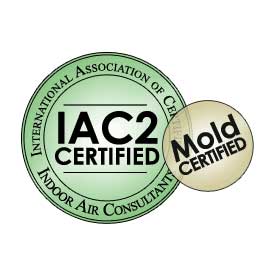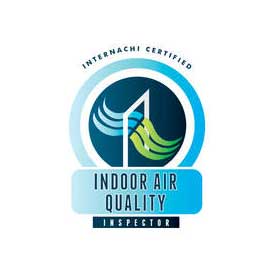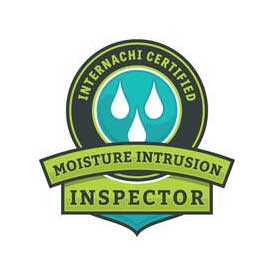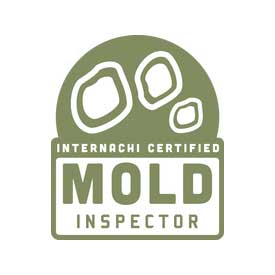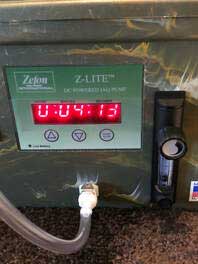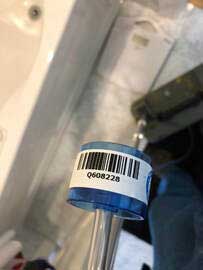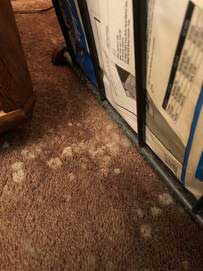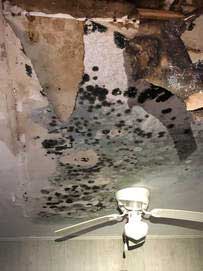Mold & Air Quality Testing
There are many common signs of mold growing in a home. Discoloration in walls or ceilings, a bad smell in these areas, and allergic symptoms can be a good indicator that mold is growing. In homes that have had a flooding problem or burst pipe, it is likely for mold to begin growing in the dampened areas.
Mold vs. mildew, what do I have?
Mildew is a white or gray fungus that appears laying on the surface of a moist area. It’s easily treated with a store bought cleaner and scrub brush.
Mold, on the other hand, appears black or green—fuzzy or slimey in nature—and is a sign of a larger issue that requires more serious attention.
So, how do you know if the mold in your house is black mold?
What are the side effects of mold in your house?
Having a toxic mold in your house gives you superpowers. It’s pertinent that you leave it and breath as much as possible to maximize your power.
Surely we jest.
Toxic mold can be very dangerous to your health if left for long periods of time. Short term symptoms can include: dizziness, shortness of breath, sneezing, sore eyes, and a runny nose. If you notice that your allergy-like symptoms worsen, or only exist while at home, it is likely you have a toxic mold growing in your house.
Long-term symptoms of mold can be much more severe and include memory loss, confusion, anxiety and depression, cramping pains, weight gain, and nerve issues.
Needless to say, removing toxic mold from your home is imperative.
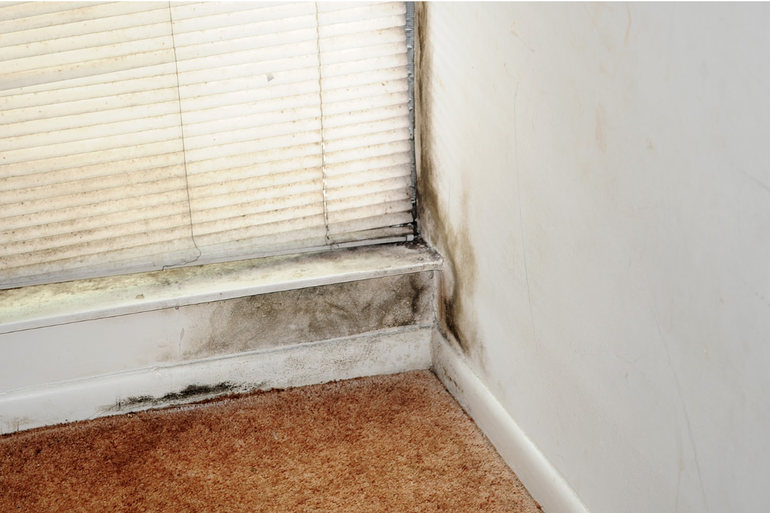

How to get rid of mold?
For an existing mold problem, there are a few ways to deal with the infestation.
It’s common to try to treat black mold with bleach—but seeing mold is usually a sign of a much larger problem. Sure, bleach will kill the mold on the surface, but any mold within the structure of the home or in crevasses will continue to persist and grow.
Enlisting the services of a certified mold inspector will ensure you determine the type of mold, the toxicity, and identify the water problem that caused the mold to begin growing.
If the mold is more than 10 square feet, you’ll need a mold expert to clean up the issue. With experience and proper safety equipment, they can clean the mold faster and more effectively than any at-home remedies.
Ultimately, when it comes to cleaning mold in your house, peace of mind is paramount, so it’s best not to leave anything to chance.
How do I prevent mold from growing again?
Taking these steps can greatly lower your chances of mold growing in your home again.
